The Climate Ready Revegetation (CRR) team recently met to refine our approach in selecting native plant species for nursery propagation. This effort is crucial in adapting our local ecosystems to future climate conditions in the Yass district.
Selecting Species for the Future
A key part of the discussion centred on the methodology for deciding which species our partner nurseries will grow. We have always used ‘scatterplot’ graphs to assess whether a species currently occurs in climates like what we can expect in the Yass region in the future. The team decided that we will now also start using maps that show the distribution of different plant species in relation to projected future climate conditions. These maps highlight areas with similar temperatures and precipitation levels to what we expect in Yass by 2070 and provide important geographical information about where species occur.
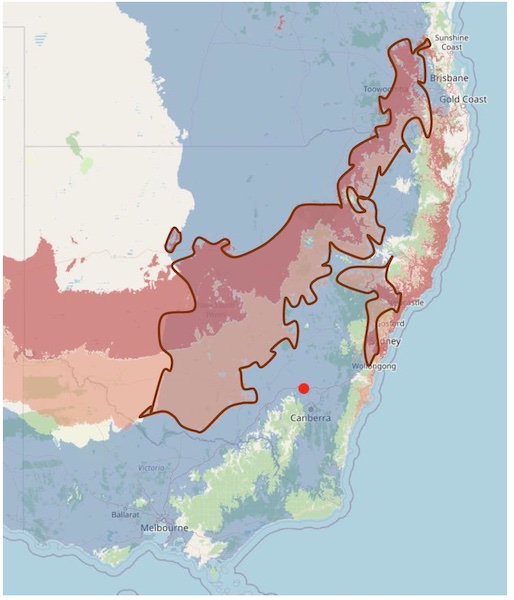
The outlined area roughly shows the overlap of temperature (5-95th percentiles) and precipitation (5-95th percentiles), indicting the future climate analogue area for Yass (RCP8.5, for 2070)
Our 2070 climate projections come from the My Climate View website, based on the Representative Concentration Pathway (RCP) 8.5 scenario. This scenario assumes high greenhouse gas emissions and presents a worst-case climate outcome, making it a robust tool for future-proofing our species selection. These projections can be mapped using the Atlas of Living Australia’s spatial analysis tool, as shown in the images on this page.
Climate Maps: A New Lens for Decision-Making
When assessing a species’ future climate tolerance, we mostly focus on two climate variables : annual average temperature and precipitation. Although other variables like soil type, seasonality of rainfall, and extreme weather events are also likely to be significant, annual average temperature and rainfall are a good starting point for determining which plants may thrive under future conditions.
Using this data, the team assesses the prevalence of a species in the projected climate overlay for the Yass district (known as a ‘future climate analogue area’). We aim to select species that naturally occur in this area, as they have a better chance of surviving and flourishing as the climate shifts.
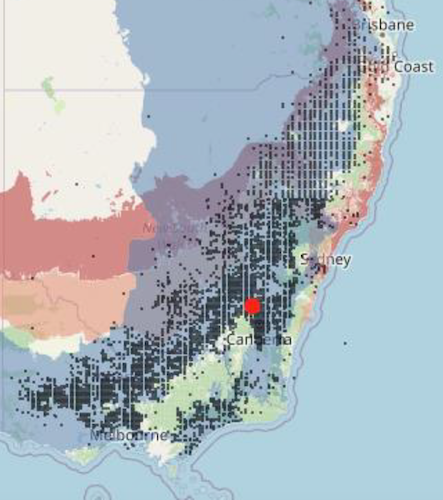
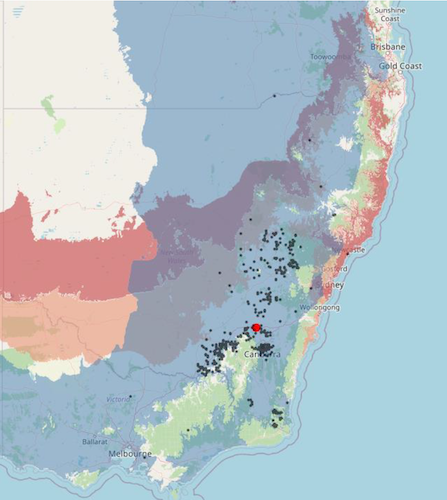
Eucalyptus melliodora distribution (left) is one of the species included in the CRR project as it occurs not just in the Yass region, but in the future climate analogue area. Eucalyptus polyanthemos subsp. polyanthemos (right) currently grows well in the Yass region but does not occur in the future climate analogue area.
Enhancing Genetic Diversity for Adaptability
Once species are shortlisted, we evaluate the availability of seed from various provenances—different geographic locations where the species naturally occur. By sourcing seed from a range of provenances, we aim to increase the genetic diversity of plants grown in our nurseries and used in local revegetation efforts. Genetic diversity, boosts the likelihood of these species adapting to changing conditions over time. By increasing genetic variation, we hope to encourage natural selection processes that will allow the species to survive and adapt to the changing climate.
Field Insights: Monitoring Adaptability
Following the meeting, the team visited one of our CRR trial sites where we are monitoring the survival of three species grown from local and non-local seed. This trial is essential for understanding whether plants grown from non-local seed are able to survive in local conditions. Results so far indicate that there is no significant difference in the survival of plants grown from local or non-local seed, which gives us confidence to continue our work.
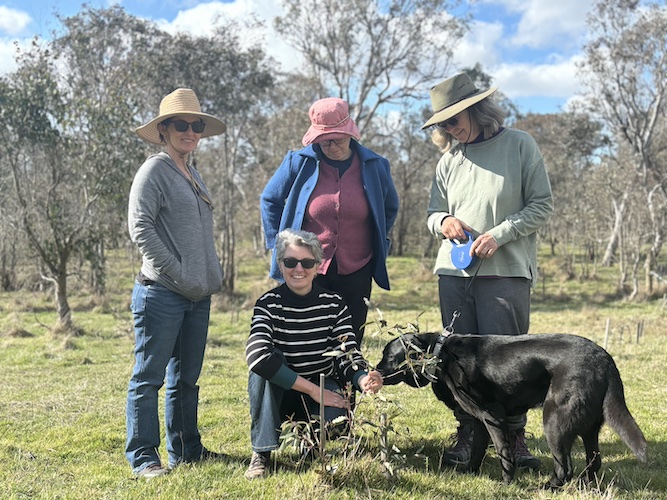
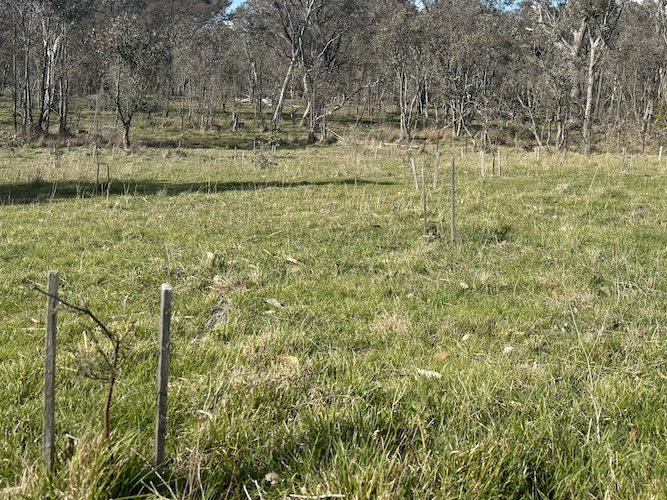
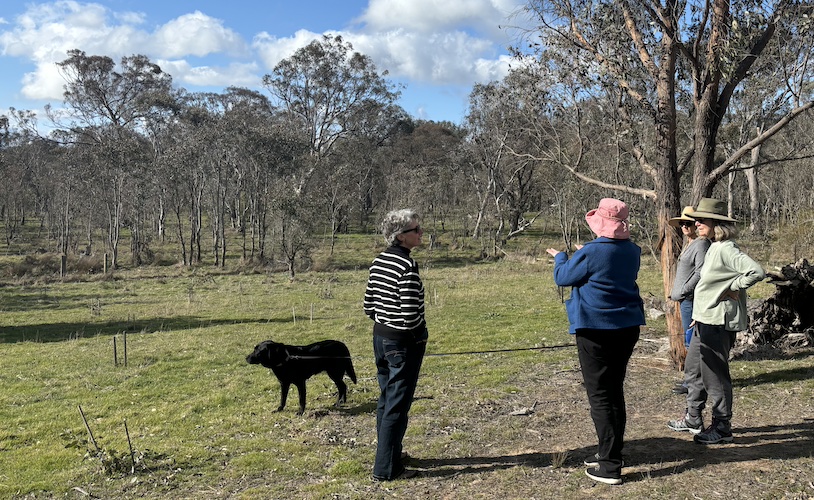
Get Involved with CRR
The CRR team meets regularly throughout the year to assess progress and refine our methodologies. This ongoing work is one of the many critical tasks CRR volunteers undertake to build a climate-resilient future for our native species.
If you’re interested in learning more about the Climate Ready Revegetation Project or would like to get involved, please contact Sonya Duus, our Climate Ready Revegetation Project Officer [email protected]. Together, we can help safeguard the future of our local ecosystems through thoughtful, science-backed action.
This project is part of YAN’s broader commitment to environmental stewardship and community involvement. We welcome anyone passionate about preserving our natural landscapes to join us in this important work.
Written by Sarah McGrath, YAN Local Coordinator
________________
This project has been assisted by the NSW Government through its Environmental Trust. Landcare Australia Michael King grants enable us to purchase seed from diverse provenances.
